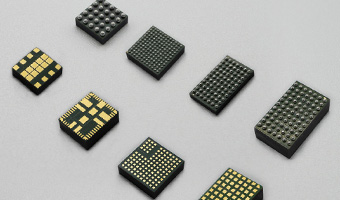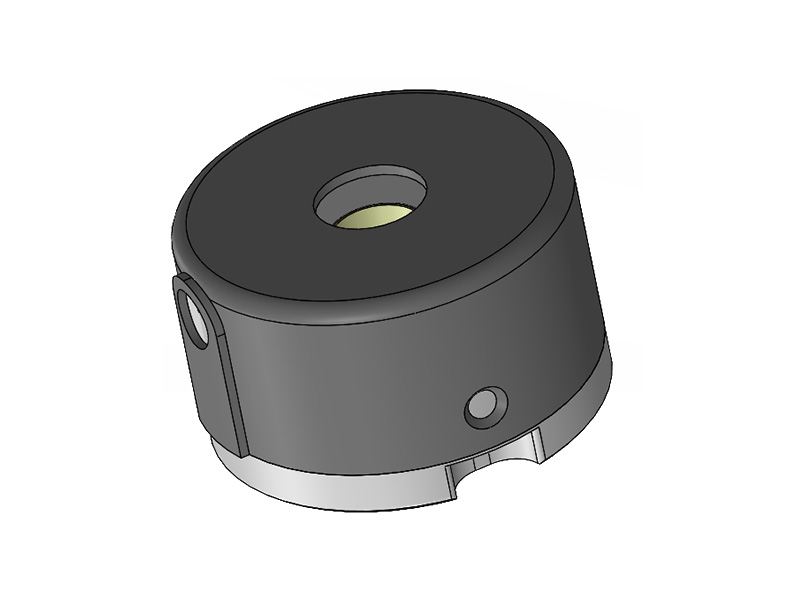Core sensor technology in incremental encoder precision manufacturing
Dec 20,2024
By:Epoch
Incremental encoders, as critical sensors in precision manufacturing, play a pivotal role in providing accurate positional feedback and enabling high-precision control of mechanical systems. The core sensor technology behind incremental encoders is a blend of optical, electronic, and mechanical engineering principles, contributing to their high precision and reliability.
Optical Sensing Mechanism
At the heart of an incremental encoder is its optical sensing mechanism. This typically involves a rotating disc, known as the codewheel or code disc, with alternating transparent and opaque sections etched onto its surface. An optical emitter, such as an LED, and a receiver, often a photodiode or phototransistor, are positioned on either side of the codewheel. As the codewheel rotates, the light from the emitter passes through the transparent sections and is blocked by the opaque ones, creating a series of light and dark pulses. These pulses are then converted into electrical signals, which represent the angular position or linear displacement of the encoder shaft.
Signal Processing Electronics
The electrical signals generated by the optical sensing mechanism are then processed by a series of electronics within the encoder. These electronics amplify, shape, and digitize the analog signals, converting them into a sequence of digital pulses. The most common outputs are square waves, which are easy to interface with digital systems. Typically, incremental encoders provide two output channels, A and B, with a 90-degree phase difference between them. By monitoring the phase relationship between the A and B signals, the direction of rotation can be determined. Additionally, a third channel, Z or zero pulse, is often provided to mark a specific reference point in each revolution, aiding in position reset or reference marking.
Mechanical Design and Precision Manufacturing
The mechanical design of an incremental encoder is crucial for maintaining precision and reliability. The codewheel must be manufactured to tight tolerances to ensure consistent spacing between the transparent and opaque sections, which directly affects the encoder's resolution and accuracy. Precision machining techniques, such as diamond turning or laser etching, are often employed to achieve the required surface finish and dimensional accuracy. Furthermore, the materials chosen for the codewheel and the encoder housing must be resistant to wear, corrosion, and temperature changes, ensuring long-term stability and performance.
Advanced Features and Innovations
In recent years, advancements in sensor technology have led to several innovations in incremental encoders. For example, the integration of magnetic encoders has provided alternatives to optical encoders in harsh environments where dust, dirt, or vibrations could interfere with the optical sensing mechanism. Magnetic encoders use a series of magnets and Hall effect sensors to detect position changes, offering robustness and reliability in challenging conditions.
Additionally, the development of high-resolution encoders has been a significant trend, driven by the increasing demand for precision in automation and robotics applications. These encoders utilize advanced signal processing algorithms and fine-pitched codewheels to achieve resolutions of thousands or even tens of thousands of pulses per revolution.
In conclusion, the core sensor technology in incremental encoders combines optical sensing, signal processing electronics, and precision mechanical design to provide accurate positional feedback in precision manufacturing applications. Advancements in sensor technology have led to innovations such as magnetic encoders and high-resolution encoders, expanding the range of applications and enhancing the performance of these critical sensors. As automation and robotics continue to evolve, the demand for precision and reliability in incremental encoders will undoubtedly drive further innovations and improvements in this field.























